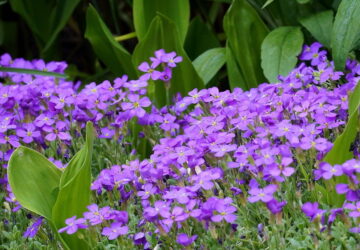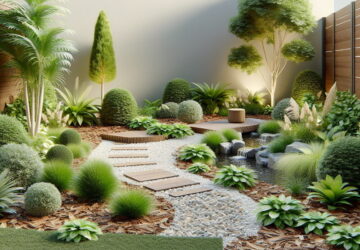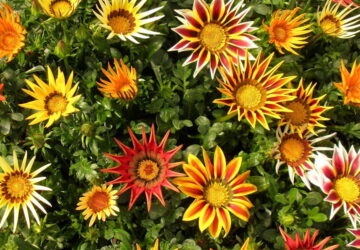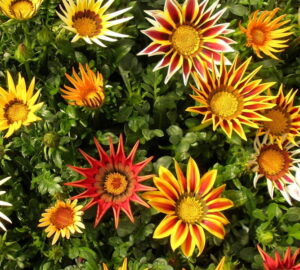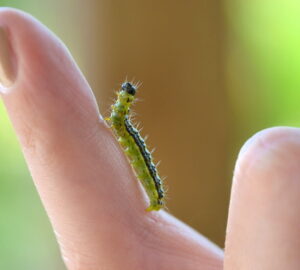Orchids, those elegant members of the plant kingdom, add an air of sophistication and charm to any indoor space. However, they are not your run-of-the-mill houseplants. Orchids have unique care requirements and seem to have a sixth sense about the attention you give them. In this guide, we’ll delve into the art of growing stunning orchid flowers indoors, sharing invaluable tips and tricks for nurturing these captivating plants.
Choosing the Right Orchid
Before we dive into the nitty-gritty of orchid care, let’s explore the fascinating diversity within the Orchidaceae family. Orchids come in various species, each with its own distinct characteristics. Those native to temperate zones are typically terrestrial and perennial, residing in the soil, while their tropical and subtropical counterparts, mainly epiphytic, cling to tree branches for survival. Understanding the orchid’s natural habitat can provide insights into their care needs.

Essential Care for Indoor Orchids
Growing orchids indoors demands a little extra TLC compared to your average houseplant. Here’s what you need to know to keep these botanical gems thriving:
1. Light and Temperature
Orchids are sensitive to light and temperature. Most indoor orchids, including the popular Phalaenopsis (moth orchids), thrive in bright, indirect light. Avoid exposing them to direct sunlight, which can scorch their delicate leaves. Maintaining a consistent temperature between 65°F and 75°F (18°C to 24°C) is ideal for most orchid varieties.
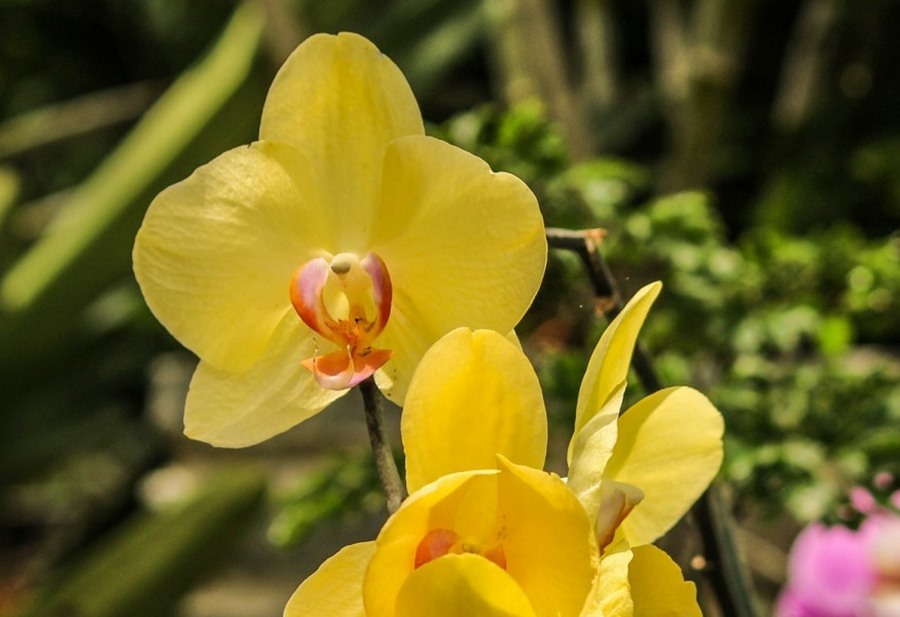
2. Watering
Orchids have unique watering needs. It’s crucial to strike the right balance between hydration and avoiding waterlogged roots. Water your orchids when the planting medium is slightly dry to the touch. Always use room-temperature water and ensure proper drainage to prevent root rot.
3. Planting Medium
Orchids prefer a loose, airy and well-draining planting medium. An orchid-specific mix, often composed of sieved bark or bark compost mixed with acidic peat, is the best choice. This ensures the roots receive the oxygen they need while retaining just enough moisture.
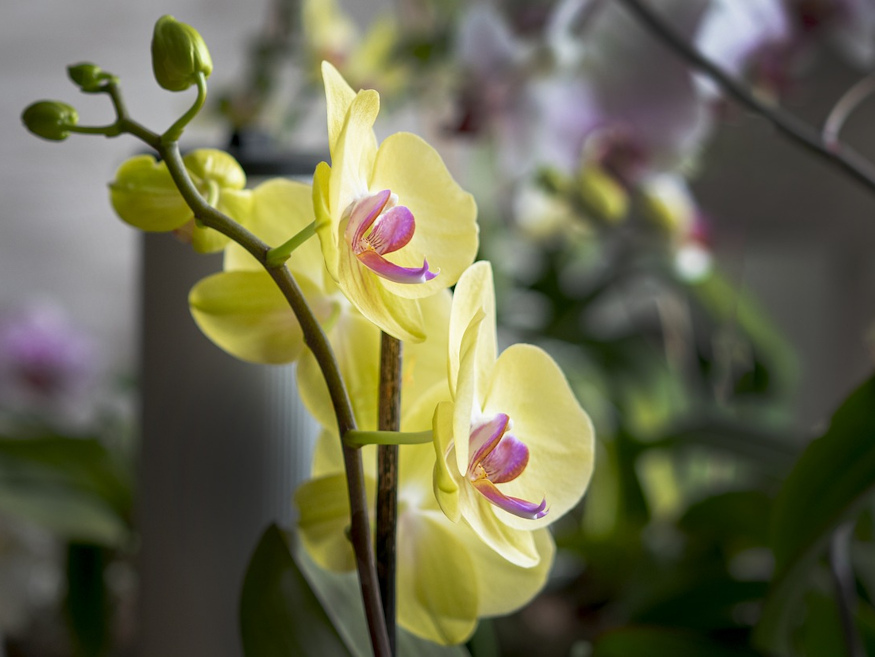
4. Repotting
Repotting orchids is necessary when the planting medium becomes compacted or roots show signs of rot. Wait until the orchid has finished flowering, then carefully remove it from the pot, separating the roots from the container walls. Trim away any dead roots, spent flowers and dry flower spikes before replanting in fresh medium.
5. Feeding
Orchids need regular nourishment to bloom beautifully. Provide them with a balanced orchid fertilizer every 2-3 weeks during the growing season. This will help sustain their vibrant blossoms and lush foliage.

6. Pest and Disease Management
Keep an eye out for common orchid pests like aphids, mealybugs and scale insects. If you notice any infestations, address them promptly with appropriate measures, such as neem oil or insecticidal soap. Good airflow and proper watering practices can also deter disease.
7. Reproduction
Orchids may surprise you with tiny offspring growing on flower spikes. When these baby plants have at least 2-3 leaves and 4-5 well-developed roots, you can carefully separate them from the mother plant for propagation.
Conclusion
Cultivating orchids as houseplants is an art that combines patience, knowledge and a dash of affection. By understanding their unique requirements for light, water, planting medium and care, you can enjoy the reward of resplendent blooms and lush greenery that these exquisite plants bring into your indoor space. Remember, orchids may be a touch more demanding than your typical houseplant, but their unparalleled beauty makes the effort more than worthwhile. With dedication and the tips outlined here, you’ll become a master at growing these alluring floral wonders. Happy gardening!
